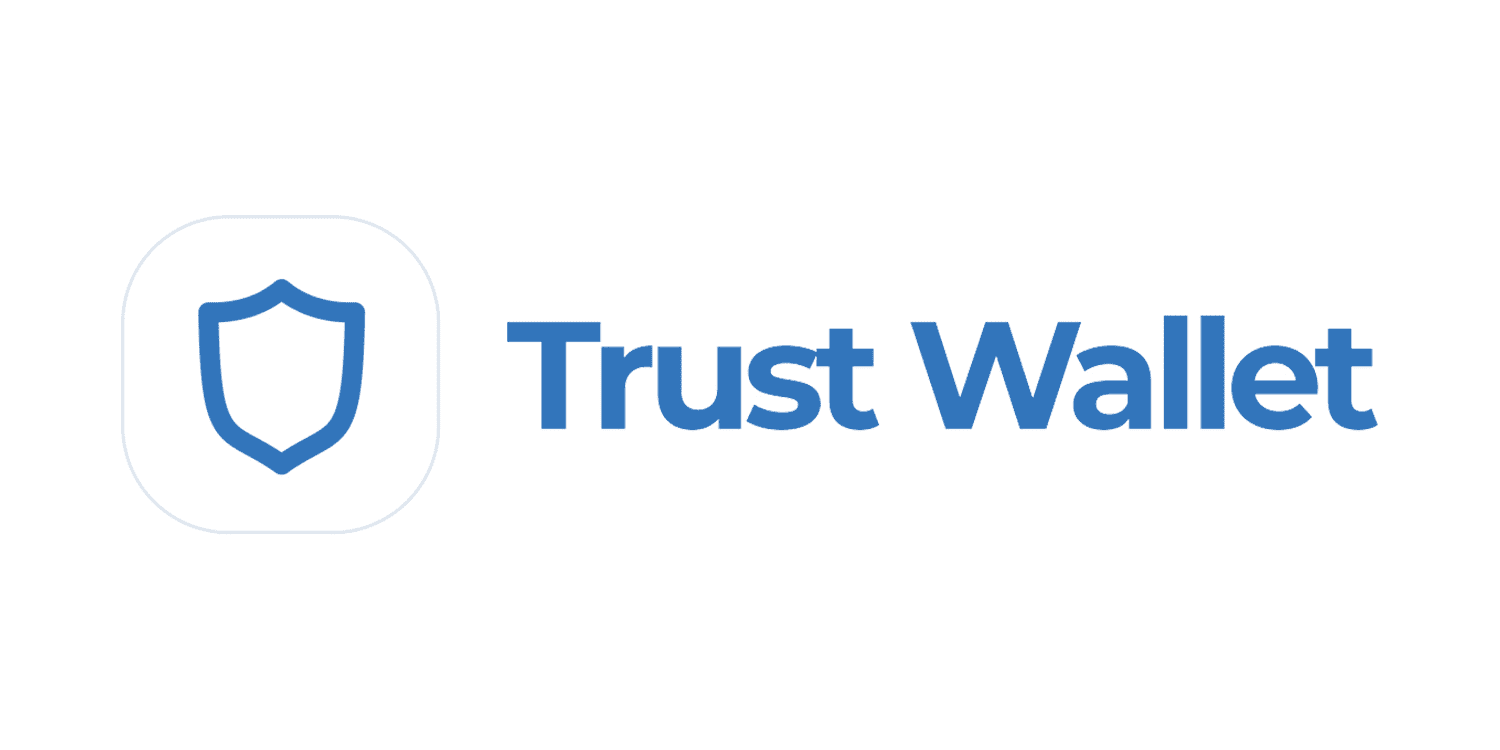In the ever-evolving landscape of cryptocurrency management, Trust Wallet has emerged as a reliable and user-friendly solution. However, to fully harness the power of this wallet, it's crucial to understand Trust Wallet email verification. This comprehensive guide will take you on a journey through Trust Wallet email verification, addressing common concerns, providing troubleshooting tips, and ensuring the security of your valuable crypto assets.
Why Trust Wallet Email Verification Matters
Trust Wallet email verification plays a pivotal role in the world of cryptocurrency management. Let's explore why it's crucial:
1. Account Security
Email verification is your first line of defense in protecting your Trust Wallet account. By confirming your email, you add an extra layer of security, making it significantly more challenging for unauthorized individuals to access your cryptocurrency holdings.
2. Account Recovery
In the unfortunate event of a forgotten password or the need to regain access to your Trust Wallet account, email verification becomes your lifeline. It allows you to reset your password and regain control of your digital assets.
3. Communication
Email verification ensures that Trust Wallet can reach you with important updates, security alerts, and transaction notifications. Staying informed about your cryptocurrency activity is essential to safeguarding your investments.
Common Concerns About Trust Wallet Email Verification
While Trust Wallet email verification is essential, it can sometimes be a source of confusion and concern among users. Let's address some common issues:
1. Verification Email Not Received
One of the most frequent issues is not receiving the verification email in your inbox. This can occur due to various reasons, including email delays or incorrect email addresses provided during registration.
2. Incorrect Email Address Used
Mistakes can happen, leading to accidental input of an incorrect email address during registration. This results in the non-receipt of the verification email, hindering the verification process.
3. Expired Verification Link
Verification links sent by Trust Wallet typically have a limited lifespan for security purposes. If you attempt to verify your email using an expired link, it will not work, and you'll need to request a new one.
Expert Solutions for Trust Wallet Email Verification Concerns
Now that we've identified common issues, let's explore expert solutions and troubleshooting tips to overcome them:
1. Verification Email Not Received
Check Spam Folder: Sometimes, verification emails may be mistakenly classified as spam. Check your spam folder, as they might end up there.
Request a Resend: Trust Wallet usually offers an option to request a resend of the verification email. Use this feature if you haven't received the email within a reasonable timeframe.
Verify Email Address: Double-check that you've entered the correct email address during registration. A minor typo can lead to non-receipt of the verification email.
2. Incorrect Email Address Used
- Contact Customer Support: If you're certain you entered the wrong email address, reach out to Trust Wallet customer support for assistance. They may be able to update your email address on your behalf.
3. Expired Verification Link
- Request a New Link: If your verification link has expired, simply request a new one. The option to resend the link is usually available on the verification page.
Best Practices for a Smooth Email Verification Process
To ensure a seamless email verification process with Trust Wallet, consider adopting these best practices:
1. Use a Valid Email Address
When signing up for Trust Wallet, always use a valid and active email address. Avoid disposable or temporary email addresses, as they may lead to issues with verification and communication.
2. Check Your Spam Folder
If you're experiencing delays in receiving verification links or other Trust Wallet email notifications, regularly check your spam folder. Marking Trust Wallet emails as "Not Spam" can help ensure their proper delivery to your inbox.
3. Prioritize Account Security
Protect your Trust Wallet account by regularly updating your password and enabling two-factor authentication (2FA), if available. This adds an extra layer of security to your account.
4. Monitor Your Email
Stay vigilant and promptly respond to any emails from Trust Wallet regarding account changes or security alerts. If you notice any unusual activity, report it immediately to Trust Wallet customer support.
5. Keep Your Information Up to Date
Ensure that your contact information, including your email address, is always up to date in your Trust Wallet account settings. This guarantees that you receive critical updates and notifications.
Frequently Asked Questions (FAQs)
Q1: How long does it take to receive the Trust Wallet verification email?
A1: Verification emails typically arrive within a few minutes, but it can vary. If you don't receive it promptly, check your spam folder and consider requesting a link resend.
Q2: Can I change my email address on Trust Wallet?
A2: Yes, you can change your email address by contacting Trust Wallet customer support. They will guide you through the process to ensure a smooth transition.
Q3: What should I do if I suspect unauthorized activity on my Trust Wallet account?
A3: Immediately change your password, enable two-factor authentication (if available), and contact Trust Wallet customer support to report the issue.
Q4: Why is Trust Wallet email verification important?
A4: Trust Wallet email verification is essential for account security, account recovery, communication, and staying informed about your cryptocurrency activity. It's a fundamental step in safeguarding your crypto assets.
In conclusion, mastering Trust Wallet email verification is vital for a secure and seamless cryptocurrency management experience. By understanding its significance, common issues, and troubleshooting solutions, you'll ensure that your Trust Wallet journey remains smooth, secure, and focused on growing your crypto portfolio.



